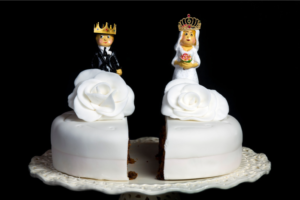I read an article in a trashy magazine this week. And what I read shocked me!
The marriage of Queen Mary and King Frederik of Denmark is on the rocks, and it is deemed thus because body language experts have told us so.
I have delivered hundreds of hours of negotiation training to government and corporate teams, and I am often asked about body language. As a negotiator, I am reading body language all the time. It’s part of the toolkit. But here’s the thing … it’s a very inexact science.
When the other party crosses their arms, they aren’t being defensive. Or maybe they are! Or maybe they’re just cold. One piece of data is just not enough for you to make a call.
In conflict situations or negotiations, you should instead be looking out for:
- involuntary body language, and
- gesture clusters.
Involuntary Body Language
The limbic brain deals with our behavioural and emotional responses. If you jump when you hear a loud noise, or cover your mouth when you receive bad news, that is an involuntary response from the limbic brain.
A fleeting facial expression is also likely to be a limbic brain response.
These involuntary movements are authentic expressions of what we are feeling. We can mask them, but not for the first micro-second.
Watch for looks that flash across your counterparty’s face as you speak, or even when you shake their hand. These micro-second reactions can be very enlightening.
Gesture Clusters
If your counterparty’s crossed arms don’t give you enough information, you need more data.
Look for gesture clusters.
If they are touching their face, that means nothing, but if it’s combined with throat-clearing, fidgeting and avoidance of eye contact, you can safely assume that they are uncomfortable – perhaps feeling nervous, or even being deceptive.
A gesture cluster of a cocked head, relaxed arms and leaning in indicates that they are receptive to you and are evaluating what you are saying.
Incongruent body language is obvious, so watch out for theirs and take care with your own. Conversely, authentic body language builds trust and credibility.
Now, back to Mary and Fred … do we really believe what a body language “expert” can tell us from looking at a few photos and videos? Highly unlikely in my opinion.
